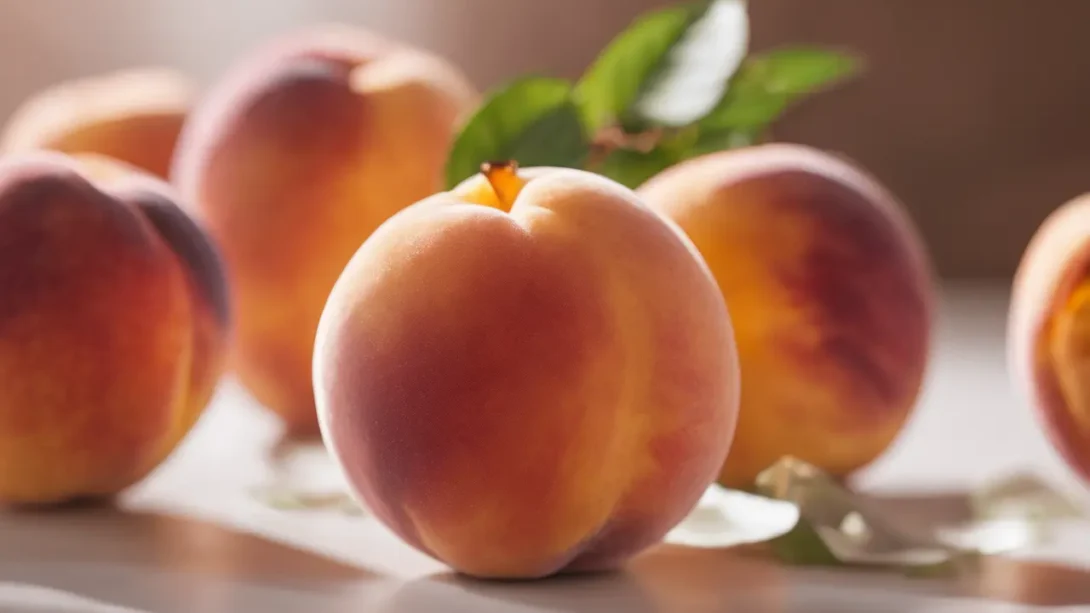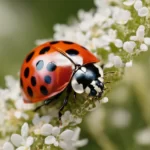In the diverse world of fruits, peaches stand out for their sweet, juicy flavor and soft, fuzzy skin. However, a common query that often puzzles enthusiasts and culinary experts alike is whether peaches fall under the category of citrus fruits. Citrus fruits are known for their vibrant flavors and rich vitamin content, but do peaches fit into this group? To clarify this, it’s essential to understand what exactly defines a citrus fruit and how fruits are classified in botanical terms.
Fruit Classifications
Fruit classification can be approached from two main perspectives: botanical and culinary. Botanically, fruits are classified based on their plant family, structure, and reproductive mechanisms. In culinary terms, fruits are often grouped by taste, texture, and use in cooking. Among the various classifications, two terms frequently come up: “stone fruit” and “citrus fruit.” Stone fruits, or drupes, are characterized by a hard stone or pit inside, encompassing fruits like peaches, plums, and cherries. Citrus fruits, on the other hand, belong to a specific family of plants and are known for their juicy segments and zesty flavor.
The Botanical Family of Peaches
Peaches (Prunus persica) belong to the Rosaceae family, a diverse group of plants that includes not only various fruits but also ornamental trees and shrubs. Within this family, peaches are part of the Prunus genus, which is distinguished by its production of stone fruits. The defining features of peaches include their soft, velvety skin, a fleshy outer layer, and a hard pit enclosing the seed. This botanical classification places peaches distinctly apart from citrus fruits, highlighting the importance of plant families in understanding fruit relationships.
Characteristics of Citrus Fruits
Citrus fruits belong to the Rutaceae family, which is markedly different from the Rosaceae family that includes peaches. Key members of the citrus family include oranges, lemons, limes, and grapefruits. These fruits share several defining features that set them apart from other fruit families. Citrus fruits are characterized by their thick, aromatic rind and segmented flesh that is juicy and rich in vitamin C. Another distinctive trait is the presence of specialized oil glands in their skin, contributing to their unique fragrance and flavor.
Comparing Peaches to Citrus Fruits
When comparing peaches to citrus fruits, several major botanical differences become apparent. Firstly, the structure of the fruit is fundamentally different. Peaches, being stone fruits, have a single large pit, while citrus fruits contain multiple seeds enclosed within their juicy segments. Furthermore, the skin of a peach is soft and fuzzy, contrasting sharply with the thick, smooth rind of citrus fruits.
From a botanical standpoint, peaches and citrus fruits also differ in their reproductive mechanisms and growth habits. Peaches grow on trees that are part of the Prunus genus, known for their beautiful blossoms and woody branches. Citrus trees, however, are evergreens that produce flowers and fruits year-round in suitable climates, a characteristic not shared by peach trees.
Culinary Uses and Nutritional Benefits
Culinarily, peaches and citrus fruits both hold significant value, though their uses in cooking and food preparation can differ widely. Peaches are often celebrated for their sweet, tender flesh, making them ideal for desserts, jams, and fresh consumption. Citrus fruits, with their tangy flavor profile, are used extensively to add zest to dishes, in beverages, and for their juice in culinary applications.
Nutritionally, both peaches and citrus fruits offer a range of benefits, including vitamins, minerals, and antioxidants. However, citrus fruits are particularly noted for their high vitamin C content, a nutrient less abundantly found in peaches. Despite these differences, both types of fruit are healthful additions to the diet, each bringing their unique flavors and nutritional profiles to the table.
Conclusion
The exploration into the characteristics, botanical family, and culinary uses of peaches clarifies why they are not classified as citrus fruits. Botanically, peaches are part of the Rosaceae family and are classified as stone fruits due to their singular large pit, soft flesh, and velvety skin. In contrast, citrus fruits belong to the Rutaceae family, characterized by their thick rind, segmented juicy flesh, and high vitamin C content. These fundamental differences in structure, growth habits, and nutritional profiles highlight the diversity within the fruit kingdom.
Understanding the distinctions between peaches and citrus fruits not only enriches our knowledge of botany and nutrition but also enhances our culinary experiences. While peaches offer sweetness and soft texture perfect for desserts and jams, citrus fruits provide a tangy zest that complements a wide range of dishes and beverages. This diversity in flavors, textures, and uses underscores the richness of nature’s bounty and the importance of variety in our diets.
In sum, peaches are not citrus fruits, but their unique qualities make them just as valuable in both the garden and the kitchen. Embracing the wide array of fruits available to us, from the velvety softness of peaches to the zesty tang of citrus, allows us to appreciate the full spectrum of flavors, nutritional benefits, and culinary possibilities they offer. As we continue to explore and enjoy the diversity of fruits, we not only enrich our palates but also contribute to a healthier, more balanced diet.



